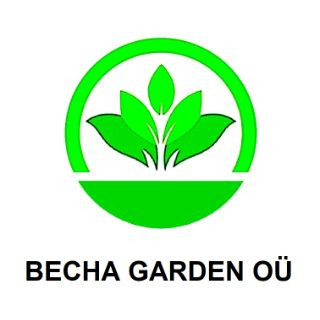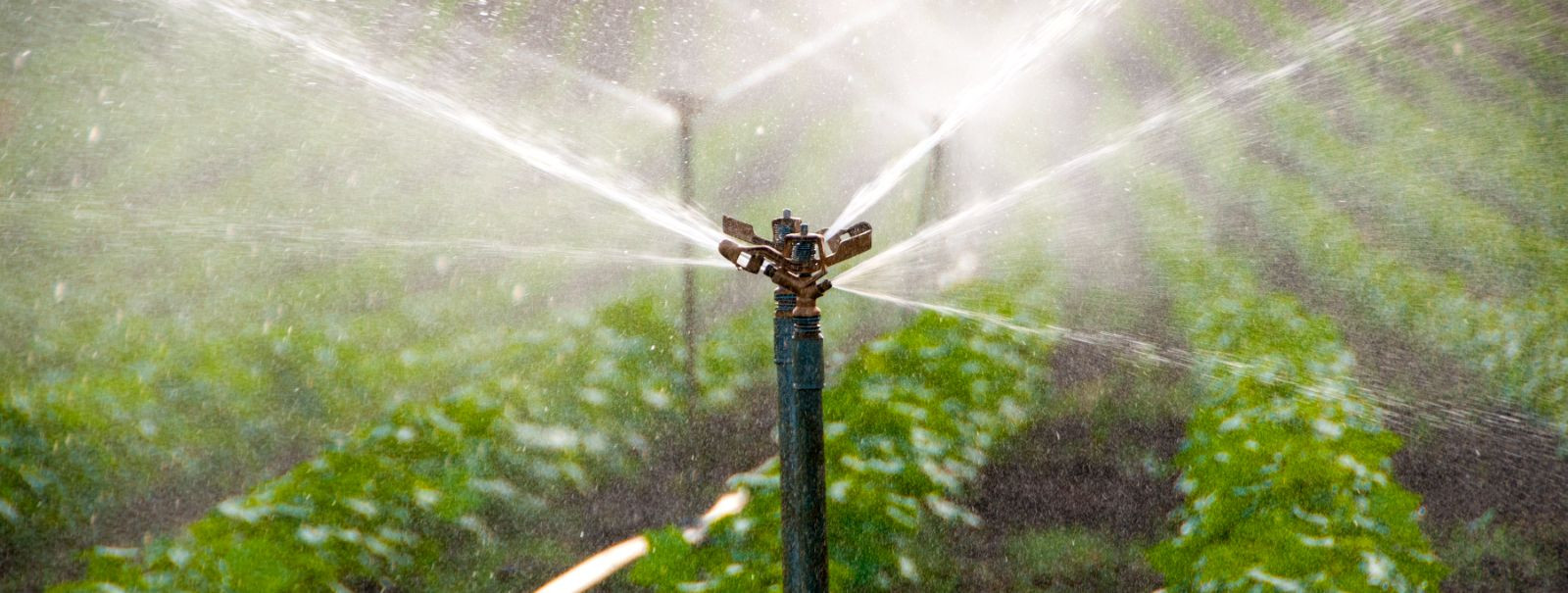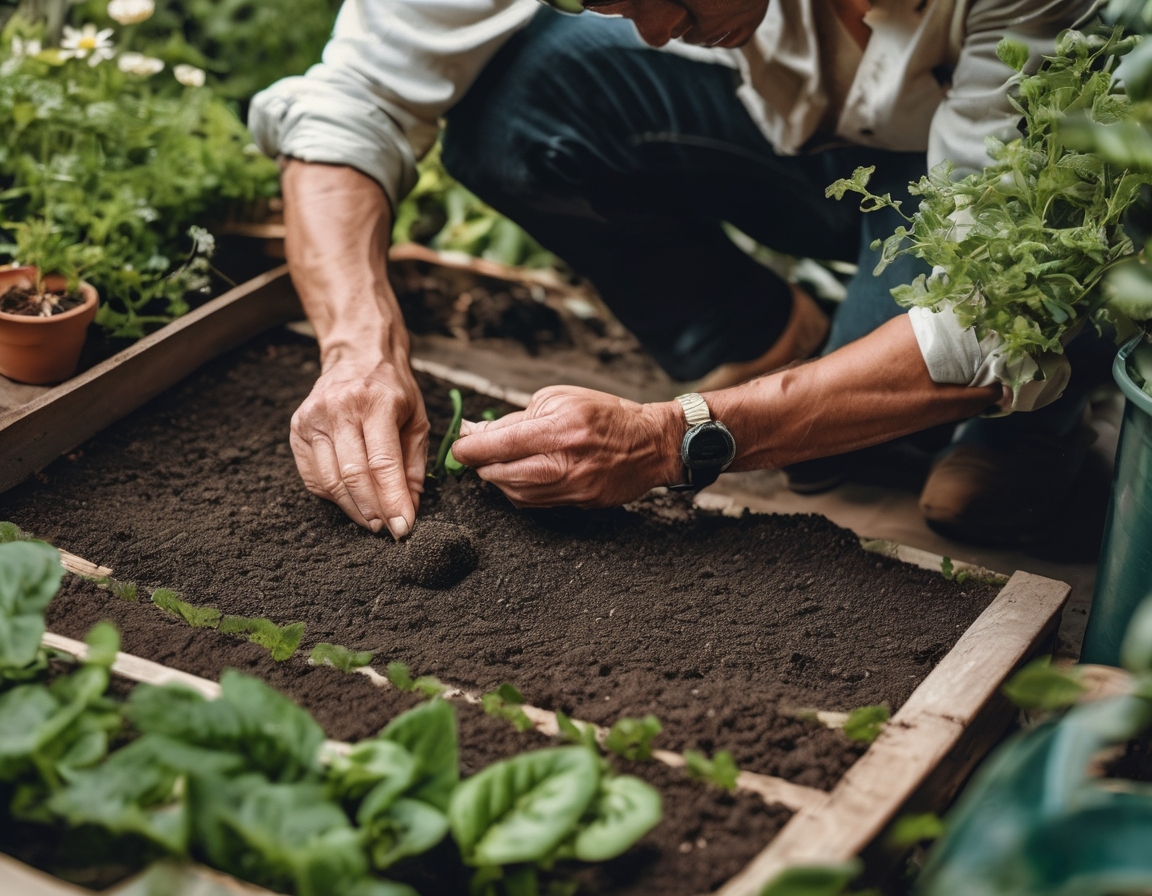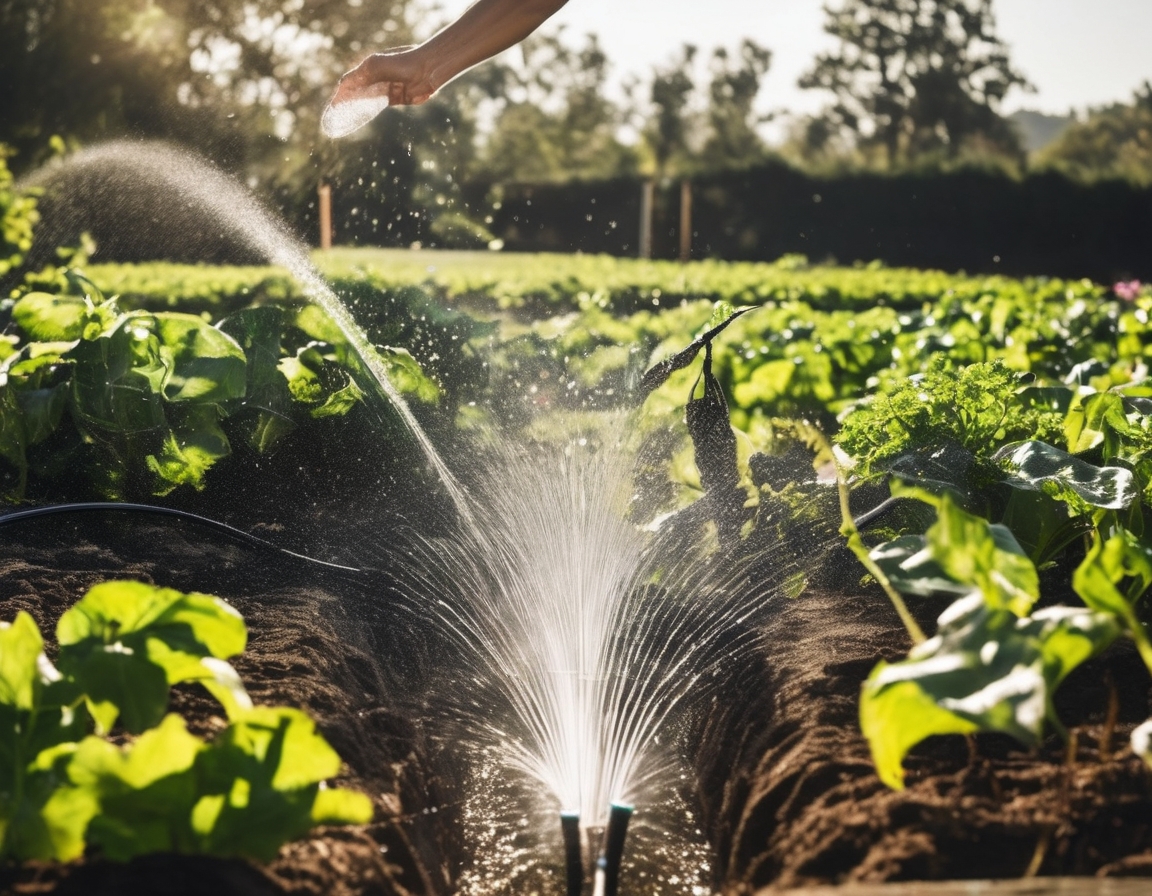How to choose the right irrigation system for your garden
Irrigation systems are essential for maintaining a healthy and thriving garden, especially in urban and suburban areas where natural rainfall may not be sufficient. Choosing the right irrigation system can help conserve water, save time, and ensure your plants receive the optimal amount of moisture.
Understanding Your Garden's Needs
The type of soil in your garden plays a crucial role in determining the most suitable irrigation system. Sandy soils drain quickly and may require more frequent watering, while clay soils retain moisture longer and may benefit from less frequent irrigation.
Different plants have varying water requirements. For instance, vegetables and flowering plants often need more water compared to drought-resistant shrubs and succulents. Understanding the specific needs of your plants will guide you in selecting an appropriate irrigation system.
Climate is another critical factor. Gardens in arid regions will have different irrigation needs compared to those in areas with high rainfall. Consider seasonal variations and how they affect your garden's water requirements.
Types of Irrigation Systems
Drip irrigation is highly efficient, delivering water directly to the plant roots through a network of tubes and emitters. This system minimizes water wastage and is ideal for gardens with diverse plant types.
Sprinkler systems mimic natural rainfall and are suitable for larger areas. They can be automated and adjusted to cover specific zones, making them convenient for busy homeowners.
Soaker hoses are porous hoses that release water slowly along their length. They are easy to install and work well for garden beds and rows of plants.
Manual watering involves using a hose or watering can. While labor-intensive, it allows for precise control over water distribution and is suitable for small gardens or specific plant areas.
Factors to Consider When Choosing an Irrigation System
Choose a system that maximizes water use efficiency. Drip irrigation is often the most water-efficient option, reducing evaporation and runoff.
Consider the ease of installation and ongoing maintenance. Some systems, like drip irrigation, may require professional installation, while others, like soaker hoses, are more DIY-friendly.
Budget is a significant factor. While initial costs for systems like drip irrigation may be higher, they can lead to long-term savings through reduced water bills.
Opt for systems that align with sustainable practices. Efficient irrigation systems reduce water waste and help maintain ecological balance.
Tips for Sustainable Irrigation Practices
Implementing sustainable irrigation practices can further enhance your garden's health and reduce environmental impact. Consider using rainwater harvesting systems, mulching to retain soil moisture, and scheduling watering during cooler parts of the day to minimize evaporation.






Comments (0)